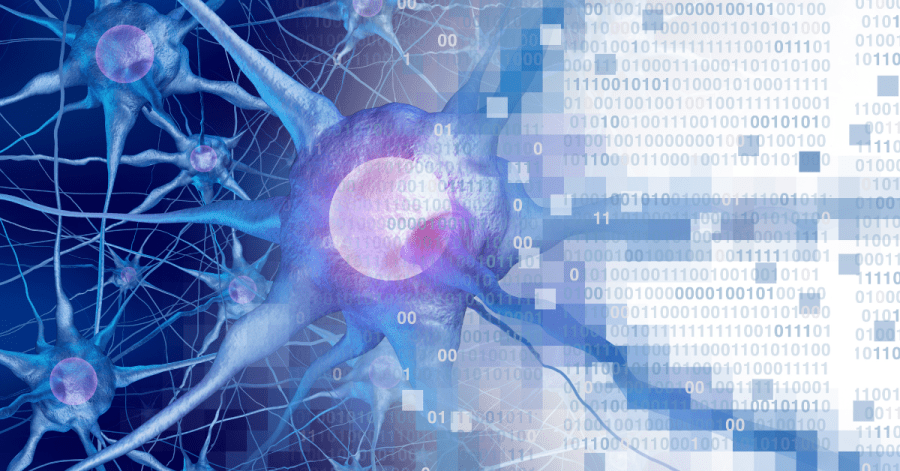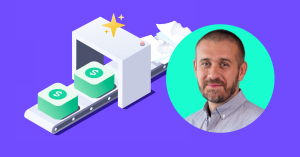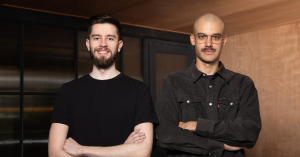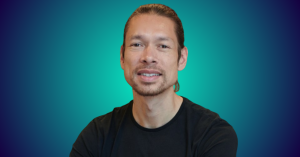“When photography appeared in the 19th century, it wasn’t considered art because the machine was doing much of the work. But a century later, photography became an art genre and nowadays photographs are exhibited in cultural institutions and auctioned off at astronomical prices,” says Irina Raicu, an artist, founder, and tech professional. Fast-forwarding to the present day, another machine is raising questions about whether it would push the emergence of a new art genre: AI.
Will AI follow the same path as photography? Will we enter a new chapter in contemporary art where maybe even robots will be able to autonomously produce artworks? Time will tell.
For instance, a recent visual art contest won with a piece produced with help from AI-based generative technology. Is it a fair contest, or should AI-based artwork become a category of itself? Views are split, but also because the future of AI use in art is very uncertain at this point. The rules for the use of AI in art are yet to be defined.
Right now, the artist community is concerned with what AI can bring to their craft, and whether it could elevate or rather sabotage their field. To gain a deeper understanding on the topic, The Recursive talked to Irina Raicu, a Romanian artist creating art using neural networks, and Kaloian Toshev, Bulgarian digital artist who is using AI in his artwork, and previously shared his thoughts and artwork in the NFT space.
Unique benefits of AI in art
According to Irina Raicu, an artificial neural network can be seen as an assistant for an artist. By this view, the human remains the Creative Director and the AI the one that executes the artist’s vision.
“I believe that Artificial Intelligence, in particular artificial neural networks, opens a new era of creativity where data becomes the main pigment in creating art.
We can see AI as an instrument of creation, as an assistant for the artist as the brush is to painting and the guitar is to music. AI helps artists into creating new forms, subjects and styles. In other words, novelty reigns,” Irina explains.
But AI can also inspire new creative processes and even artistic styles, thus also becoming a muse, as well as a co-creator.
“The possibilities provided by AI stimulate a new creative process where the artist can re-think and re-design the approach to create artworks. Using AI as a tool for creating art is an amazing adventure because there is always an element of surprise, a certain unpredictability that creates something special. Hence, some of the unique benefits that AI can bring on the table to the artists is to get inspired by new artistic styles and compositions generated by artificial neural networks.”
This doesn’t scare Irina. Instead, she’s excited and curious about the new possibilities brought by AI to enhance human thinking and particularly creative thinking.
A common view among artists who support the use of AI in visual arts is that it allows everyone to create art more easily and faster.
“AI is here and will be part of visual arts from now on, like it or now. Especially digital art. I believe artists will start using it skillfully to fill gaps in their art, make quick concepts and test ideas and ultimately train the AI in their style. For artists, AI will mostly bring speed, to test ideas faster and produce faster,” Kaloian Toshev tells me.
Key challenges from early testing and ways forward
While some artists have been complaining about AI in art, others have been silently testing and experimenting with AI in search of a way to adopt it into their workflows. And this early experimentation has been helpful in pinpointing early challenges.
One of the main challenges in using AI tools for creating art is how the artists will manage to integrate their personal signature, Irina tells me, adding:
“What makes an artwork valuable is the difficulty to reproduce it. Therefore, the question that arises is how to make sure that my artwork generated with AI is unique?”
She also explains that current AI tools limit the artist in parameters customization of generating art, and posits that there should be tools for artists without programming skills that allow the integration of a personal artistic signature, such as one’s own drawings or paintings.
Moreover, it is currently difficult for the artist using AI to stay in full control of the artwork and the workflow, Kaloian tells me.
“For an artist already in AI I believe the main challenge is fine control of the outcome. Right now it’s really difficult to finely control the result and this is really important for an artist. Artists on the other hand have trouble adopting the technology because of the different workflow on which they don’t have much control,” he adds.
Both shortcomings – lack of control and the lack of customization stemming from it – can be addressed by designing AI tools for visual arts, based on the artist’s needs and processes.
“In the future, we’ll start seeing AI tools specially created for artists and I believe then artists will start really taking advantage of the technology. I don’t see anyone working on those tools yet but that’s because the “race” right now is for the mainstream users. When this is over tools like Procreate and Photoshop will probably start adopting AI and then will see some amazing results,” Kaloian shares.
In the end, Irina believes not all artists will use AI and not everyone will use it in the same way:
“Artists are a vehicle for expressing emotions, feelings and sensations through their art. For some, the most important is the creative process while for others, the final result. AI can be used as a hybrid creative process in order to explore new ideas. Hence, we’ll encounter various types of artists – the visual artists, the AI artists that are exploring new artificial neural networks to generate art and a new category of artists that are using AI tools for creating art.”
By this view, whether AI will “save” or “sabotage” artists will be up to every artist to decide, Kaloian agrees.








